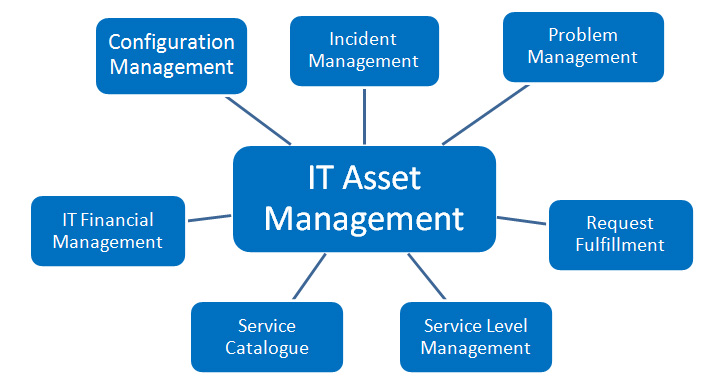Is your organization under- or over-licensed; are you paying for maintenance against equipment that you don’t have?

Without rigorous asset and lifecycle management, IT teams aren’t quite sure what devices reside in their dominion…?
A research study that showed the average large company felt it was doing a good job if it knew to within 20% how many servers, storage systems and network items it had. The increase in virtualization is exacerbating issues in tracking the physical assets under the IT shop’s control. When IT also has to monitor and manage items that creep in through shadow IT and bring your own device, then it becomes a mess.
 Many organizations manually keep an IT asset log, such as in an Excel spreadsheet, with no automated means of knowing if what is documented actually exists. When hardware components suffer failures, the swap out or replacement is not always logged. IT equipment gets trashed — but remains in the log.
Many organizations manually keep an IT asset log, such as in an Excel spreadsheet, with no automated means of knowing if what is documented actually exists. When hardware components suffer failures, the swap out or replacement is not always logged. IT equipment gets trashed — but remains in the log.
The optimum IT asset management system hits three main areas:
- Completeness. The tool should register any device that is attached to the network, even with an ad hoc connection, such as a smartphone or tablet. This comprehensive listing of network users helps IT teams to understand what is happening across the network and to apply suitable security to the organization’s data.
- Granularity. Two systems of the same product name often have differences inside. Granularity must apply to hardware and software, such as drivers and operating system version and patch level. For example, two servers of the same brand and model name could have varying amounts of installed memory, or a different make of hard disk drive. Gathering all this information in one system affords real value to IT asset management.
- Reportability. You must be able to access asset data in a meaningful manner. The IT asset management system must provide reports that are not just based on products, but also cover maintenance schedules, capability for devices to take patches and updates and the health of the equipment and the components within it.
Asset Management Solutions
Trellis Inventory Manager
The Trellis Inventory Manager allows data center stakeholders to know exactly what assets, connections and capacity exist in their facility and easily make changes for optimal performance. It provides a set of graphical visualization tools to allow the infrastructure team to map out its floor space and understand where assets are, who they belong to and how they are connected.
Trellis – Process Manager
The Trellis Process Manager makes sure your processes are running the way they’re supposed to run, including the necessary approvals for making changes to the data center infrastructure. It contains out-of-the-box templates for core data center processes, to ensure best practices are followed when making changes; those templates can be customized as needed to reflect your organization’s workflow. It even automatically updates, ensuring your data center infrastructure management (DCIM) plan is always accurate.
RF CODE Asset Management
Accurate, up-to-date and easily verifiable information is critical to effective capacity planning and density management. With real-time asset tracking and automation, you can manage the entire lifecycle of your assets—from purchase through deployment to end-of-life—to calculate and reduce the total cost of ownership of your data center.




